HPE CEO Antonio Neri On The Modern AI Networking Advantages of HPE-Juniper Versus Cisco-Splunk
HPE CEO Antonio Neri takes a no holds barred look at the differences between the HPE-Juniper modern AI networking architecture with HPE Slingshot versus Cisco Splunk.
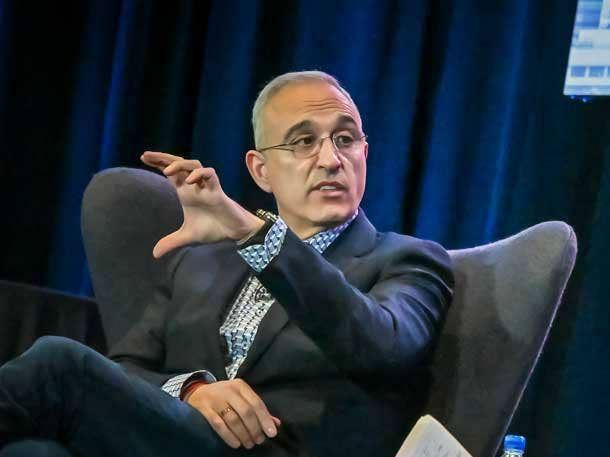
Hewlett Packard Enterprise CEO Antonio Neri Thursday told Wall Street analysts that the $14 billion acquisition of Juniper Networks will create a new “networking innovator” with a comprehensive portfolio for customers and partners.
“Combining our complementary portfolios will supercharge HPE’s edge-to-cloud strategy, accelerating our entire portfolio with AI enabled innovation,” he said in the first quarterly earnings call with analysts since the blockbuster Juniper deal was announced in January.
The Juniper acquisition is expected to double the size of HPE’s networking business, which will be the “core foundation of HPE,” said Neri, covering $180 billion market opportunity “with our combined IP (intellectual property).”
[RELATED: HPE Hit By Weakening Networking Demand, Expects It To ‘Persist’ Through Fiscal Year]
Neri said the combination is also “compelling” for shareholders with accretion to non-GAAP earnings per share in the first year post close and in the long-term higher non-GAAP gross margins.
HPE continues to expect the deal will close later this year or in early 2025, said Neri.
“We are working to secure regulatory approvals in several jurisdictions,” he said. “We are hopeful that regulators will recognize that this acquisition is centered around driving further innovation for our customers.”
HPE’s pending $14 billion acquisition of Juniper came four months after networking market leader Cisco acquired security software maker Splunk for $28 billion in what it called a bid to “drive the next generation of AI enabled security and observability.”
In an interview with CRN, Neri discussed the differences between the modern AI networking architecture from a combined HPE-Juniper with Juniper Mist and HPE Slingshot versus Cisco’s Splunk acquisition and Cisco Silicon One.
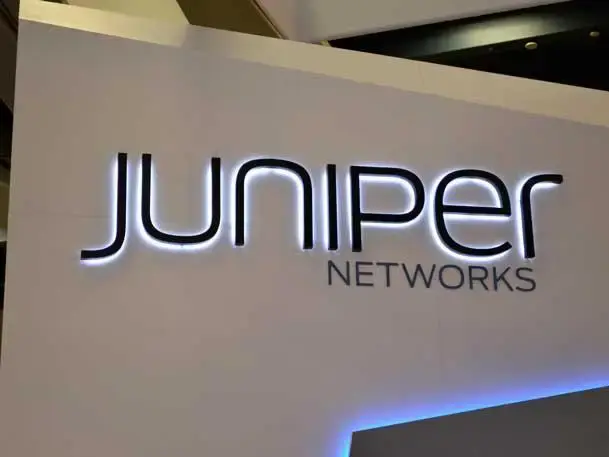
What is the benefit of the Juniper acquisition in terms of an AI-driven network architecture versus Cisco?
The thesis of this combination is to establish a new modern architecture with the joint intellectual property we have between Juniper and HPE Aruba networking and our HPE Slingshot IP (intellectual property).
Clearly this will be a strong alternative to Cisco going forward. Our goal is to obviously in the campus and branch integrate (Juniper) Mist with Aruba, combining it with the scale of Aruba and the portfolio we have underneath.
In the data center, we have the ability to converge the network between the data center portfolio that Juniper has with our HPE Slingshot (a high performance network interconnect fabric) to create a modern data center architecture designed for AI. And in both cases manage both the campus and branch and the data center networking convergence through the AI driven solutions that Mist has.
Juniper already has announced a Mist solution on the data center side. As we converge that with HPE Slingshot and other technologies we can manage the entire edge to cloud architecture with an AI driven solution and underneath have our entire technology stack from silicon to infrastructure to operating the system to software to security and all the services. That is why I am excited because the AI inflection point will require more (network) ports – not less ports. And in order to do it cost efficiently you also need new technologies likes liquid cooling in the switching which we already have. That is why I am excited about this. We just need to see it through.
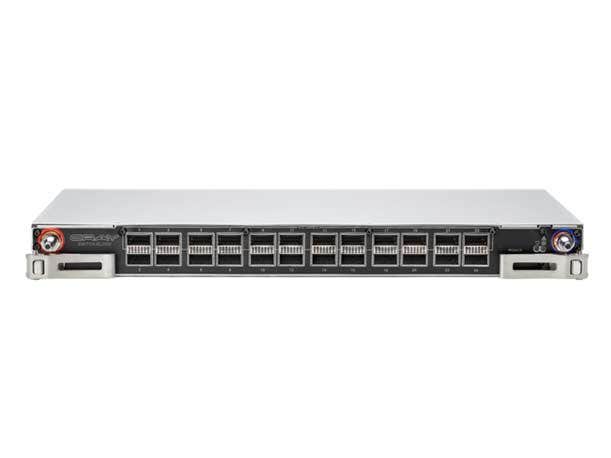
How does Slingshot compare to Cisco’s Silicon One architecture and is Cisco approaching this more from a security perspective with its acquisition of Splunk?
First of all Cisco does not have a Slingshot equivalent. They have obviously a very strong data center portfolio, but they don’t have a strong AI-driven interconnect fabric. The only two available today are HPE Slingshot and Nvidia which is the (Nvidia) DGX (Systems) cluster.
So my goal is to take HPE Slingshot plus Juniper, converge the network and have one integrated modern data center architecture that takes care of the data center with both the cloud native and AI native infrastructure that you need to deploy going forward because you need to reduce capex and opex and simplify the whole management of that new infrastructure in an AI-driven approach. They have decided to invest in Splunk but that is a totally different thing. They use AI for managing the SIEM (Security Information Event Management), but it does not help you with the deployment of infrastructure to manage these large environments.
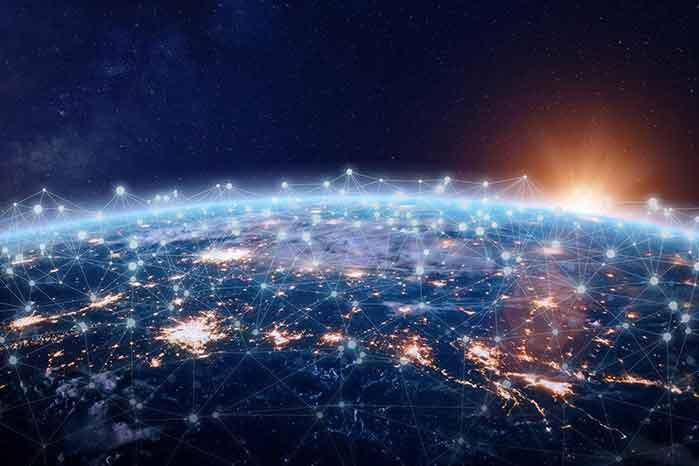
How big is the disruption of the networking status quo and what does a modern AI-driven networking fabric mean to partners and customers?
It is simplicity number one. Number two is the ability to really deploy this from the edge of the network to the cloud. The cloud will be in multiple locations – not in one location. You need the right secure connectivity to bring the data to the right accelerated computing which obviously we now have to do.
In the end it is lower capex and lower opex with AI driven automation that makes it easy to deploy and manage it. That is our goal for both customers and partners. For partners obviously it is to sell a modern portfolio that makes them relevant and then focus on what services they can add on top of it.
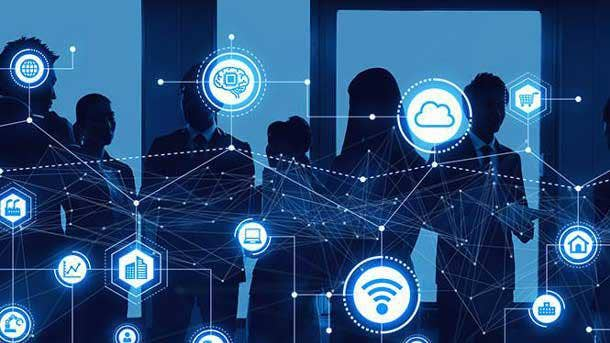
What is your advice to partners on what they need to do to get ready for this modern AI networking opportunity?
Those who are already selling Juniper and Aruba are going to get over time an integrated offering with an integrated channel program that will be simpler to transact.
Those who are not (selling HPE Aruba and Juniper) they should be getting on board now because the sooner they learn the products the sooner they will be ready to engage customers. Once we close the transaction we will announce the go forward road map.
The net net is partners should be working with both of them at this point in time to get ready for what’s next.
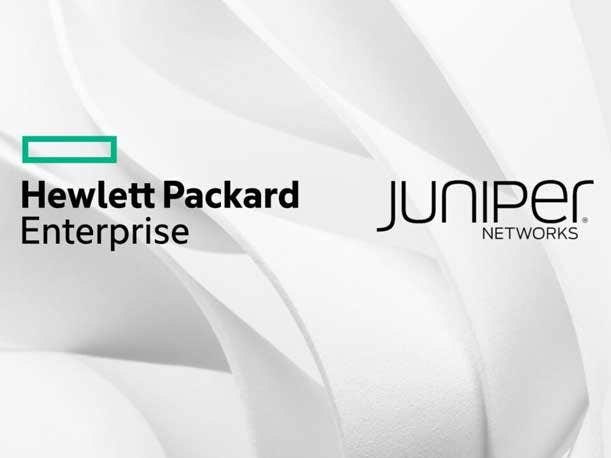
Will the integrated HPE-Juniper combination and channel program mean higher margin and a bigger profit opportunity for partners. Is that the key here?
It is. If you look at our Q1 results our gross margin crossed 36 percent which is up another 200 basis points year over year and since I became CEO is up 600 basis points. That means as you come along you sell more products with higher margins and more services which obviously translates into more profit for channel partners working with us.
In the quarter you talked about gaining share from Cisco in campus and networking. What are you seeing in the networking market?
We had six-plus quarters of growing between 30 to 40 percent every quarter. Obviously that was huge momentum for us. Now as things normalize in the networking space and obviously there is a little bit of a softness, we are now back to normal levels. But even on that bigger base we grew two percent. That resulted in market share gains across campus and branch. We expect with the combination of Juniper we are going to be even stronger to get even more share in campus and branch and capture bigger share in the data center space.
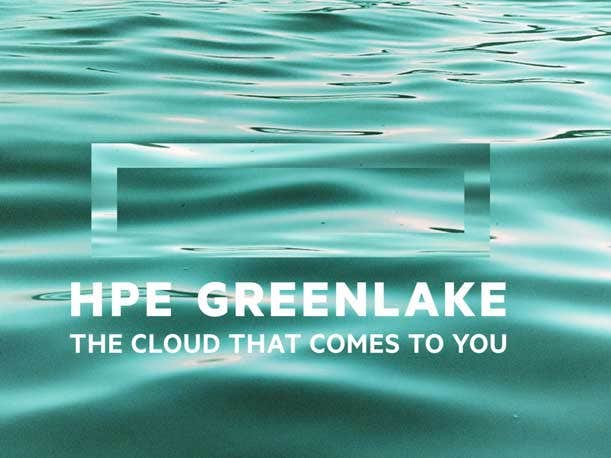
In the quarter, HPE’s annualized revenue run rate (ARR) grew 41 percent to $1.4 billion with storage, networking, software and services as fastest growing elements. Is the GreenLake as a service a big advantage versus Cisco?
We have said since 2019 that we are going to offer everything as a service in our company through a unified experience called HPE GreenLake. Networking is one of the largest tenants in HPE GreenLake and the networking subscription model through HPE GreenLake grew over 50 percent year over year. That tells you the momentum for our software whether it is (Aruba) ClearPass or (Aruba) NetInsight, and obviously all the work around SD-WAN and now integrating Axis Security and going forward private 5G with Athonet which was the biggest topic of discussion at Mobile World Congress. That will continue to fuel that subscription networking aspect of as a service.
But this quarter also (with as a service) in addition to storage with obviously subscription software and the compute operations management as a part of GreenLake subscription to ProLiant, what we saw is significant growth in the AI space because a lot of AI revenue actually is now ARR. That is why we had the impact in Q1 in period revenue because a lot of the revenue went to the ARR not to in period revenue. That is why the growth in ARR between 35 – 45 percent is very comfortable for us because you have networking growing. You have storage growing. You have all the other software assets growing. And now you have an AI as a service component growing rapidly as well. That fuels the ARR, although it may have an impact in the total overall revenue because you don’t recognize it immediately but over a period of time.
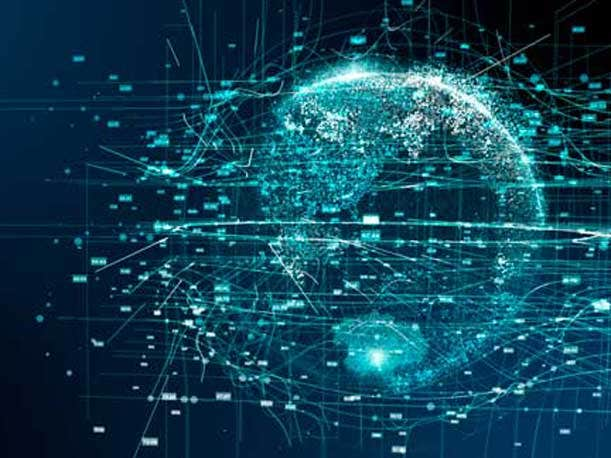
Is AI as strong as you expected at this point?
AI continued to be super strong. Most of the action today has been in the lifecycle and training side. Now we are starting to see it in the inferencing side as well. And then it also drags through other aspects of the portfolio particularly with file (storage). That is why we announced the HPE GreenLake for file storage specifically for generative AI. Over time we are going to see the pull through of some additional aspects of our portfolio.
The pipeline continues to be very, very strong. In the inferencing side we are in the early stages. I am very confident about what comes next, but listen we have a portfolio that can support customers whether it is at the edge through the network connectivity through the hybrid cloud services underneath even with compute and storage infrastructure and with AI through the entire lifecycle, and then bringing solutions to bear, not just selling a bunch of AI servers which I think is good for now but going forward customers will need more particularly traditional enterprise customers that need software like machine learning development environments and other things we have in our portfolio that will help accelerate the adoption of that.
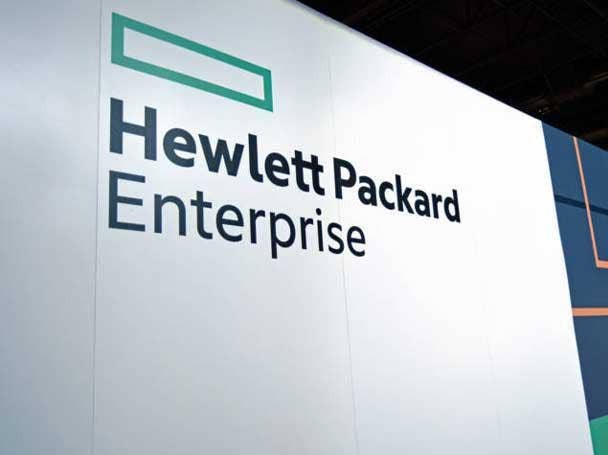
How do you feel about the future given the edge-to-cloud portfolio and the HPE-Juniper combination?
It’s the right strategy at the right time. Since 2018 we have been building on each of these blocks, first at the edge, super successful, next on the hybrid cloud (with HPE GreenLake). We see customers now on the platform. We have more than 31,500 customers, up eight percent quarter over quarter. So we added 3,000 customers just in one quarter to the platform. Now we have the explosion of AI and the core foundation of AI is going to be the network because you need to bring the data to the right compute resource and we have the right compute resource across training, tuning and inferencing. So we can bring to bear all those solutions and we can offer our customer an integrated unified experience from edge to cloud inside GreenLake. How they pay for it is their choice whether it is capex, subscription or consumption and we have been building all those business models as a part of our strategy. That is why it is the right strategy at the right time for long term value creation for our shareholders and our partners and customers who will all benefit from it.